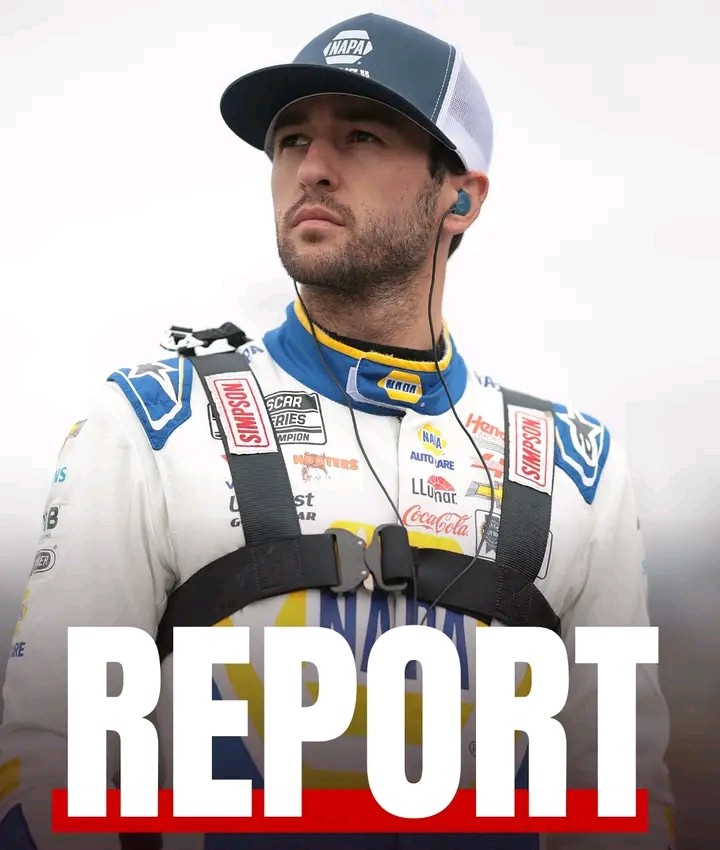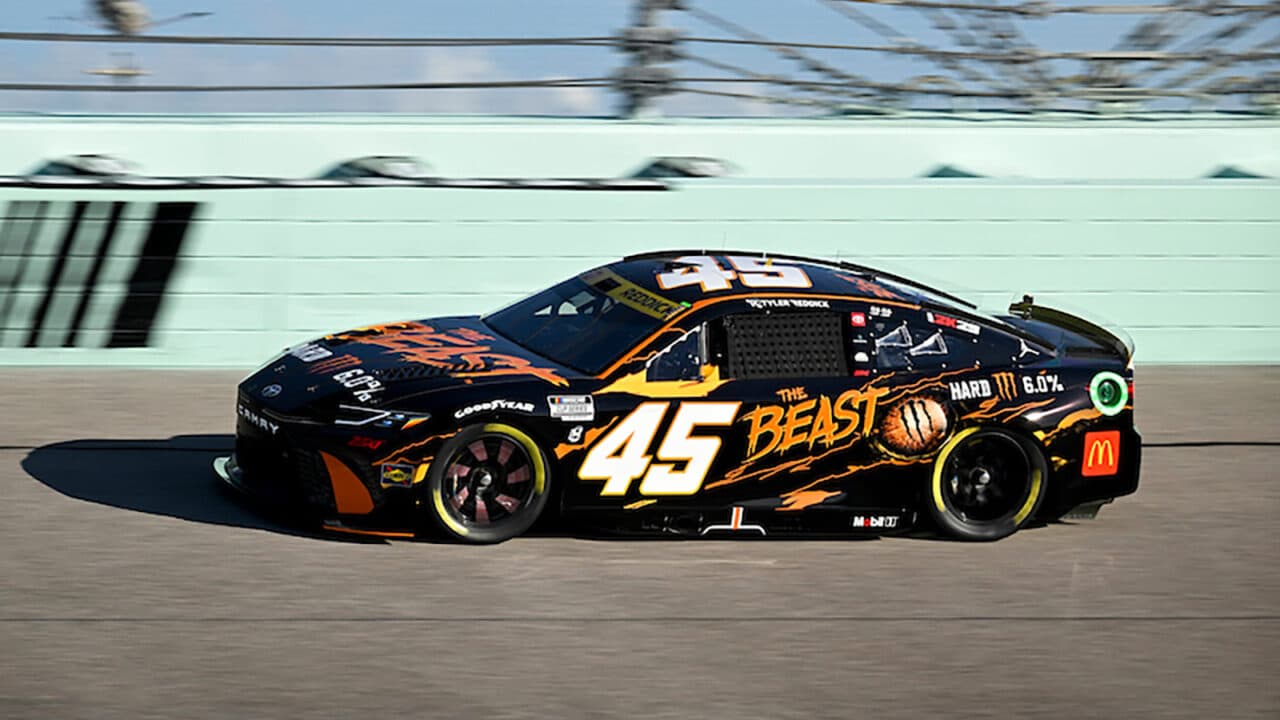Samantha Busch, a prominent figure in the NASCAR community, has recently voiced her concerns about the Next Gen car, calling for significant changes to its design and safety features. Her push for improvements has garnered attention not only because of her close association with NASCAR through her husband, Kyle Busch, but also due to her focus on using Chase Elliott’s recent experiences as a key example of the car’s potential issues.
The introduction of the Next Gen car was intended to revolutionize NASCAR, bringing more uniformity across teams, increasing competition, and providing a new level of safety. However, as more races are held with the new design, drivers and insiders alike have started raising concerns about certain aspects of its performance. One of the biggest criticisms has been the car’s impact during crashes, where drivers have noted that collisions often feel harder compared to previous models.
For someone like Samantha Busch, who has spent years immersed in the sport, the safety of drivers is a paramount issue. She’s seen firsthand the physical toll that accidents can take, and her concerns echo those of many in the NASCAR community. Busch’s decision to highlight Chase Elliott as an example stems from his recent on-track incidents that have raised eyebrows regarding the Next Gen car’s design and safety mechanisms.
Chase Elliott, one of NASCAR’s most popular and talented drivers, has had a rocky season, dealing with both injury and challenging moments on the track. Earlier this year, Elliott was sidelined after suffering a leg injury during a snowboarding accident, but his return to racing hasn’t been smooth. On more than one occasion, Elliott has found himself involved in crashes that have raised concerns about how well the Next Gen car absorbs impact and protects drivers.
One incident that stands out occurred during a high-speed collision where Elliott’s car seemed to take an unusually hard hit, leading to speculations about the car’s safety design. While Elliott walked away without severe injuries, it became clear to many—including Samantha Busch—that these types of crashes could have long-term effects if the car’s structure isn’t adjusted. Busch’s public advocacy for changes is motivated by the desire to prevent potentially more serious injuries in the future.
Samantha Busch has always been a vocal advocate for driver safety, often speaking out on issues affecting the well-being of NASCAR participants. Her recent statements calling for a reevaluation of the Next Gen car are rooted in her concern for all drivers, not just her husband. In a sport where split-second decisions and high speeds define careers, the technology and safety features need to be as advanced as possible.
In her advocacy, Busch points to Elliott’s experiences as evidence of the problem. She isn’t alone in this sentiment. Other drivers, including veterans like Kevin Harvick and Denny Hamlin, have also been vocal about the car’s shortcomings. With multiple figures in the sport highlighting the same issues, NASCAR is likely to face increased pressure to address these concerns sooner rather than later.
Busch’s advocacy, however, isn’t just about raising awareness. She has also called for NASCAR officials and car manufacturers to collaborate on finding solutions. This includes reevaluating the car’s rear-end design, which has been cited as one of the areas that may need strengthening. Whether it’s modifying the materials used or redesigning parts of the chassis, Busch believes that improvements are not only necessary but inevitable if the sport wants to ensure the long-term safety of its drivers.
The Next Gen car has only been in use for a few seasons, and like any new technology, it’s bound to have its growing pains. However, the repeated concerns from drivers and insiders suggest that these issues go beyond the expected learning curve. NASCAR has a history of adapting to feedback from the community, especially when it comes to safety, so there is reason to believe that changes could be on the horizon.
For Samantha Busch, the goal is simple: make the car safer before a more serious accident forces the change. Her focus on Chase Elliott is a strategic one, as he represents the future of NASCAR. His widespread popularity and standing in the sport ensure that any issues affecting him won’t go unnoticed. By bringing Elliott’s experiences to light, Busch hopes to initiate a broader conversation about safety that leads to tangible improvements.
Samantha Busch’s call for changes to the Next Gen car, using Chase Elliott’s experiences as a key example, has sparked renewed debate within the NASCAR community. While the car has brought many improvements to the sport, there are still significant concerns about its safety, particularly in high-speed crashes. As more voices, including drivers and advocates like Busch, push for changes, NASCAR will need to evaluate its approach to the Next Gen car and make the necessary adjustments to ensure the safety of its drivers.
In the end, NASCAR’s legacy has always been one of resilience and adaptation, and addressing these concerns could only strengthen the sport’s commitment to safety and innovation.
Samantha Busch Calls for Changes to the Next Gen Car, Using Chase Elliott as an Example




